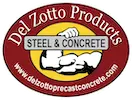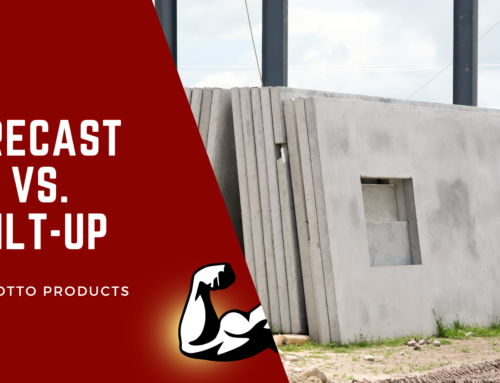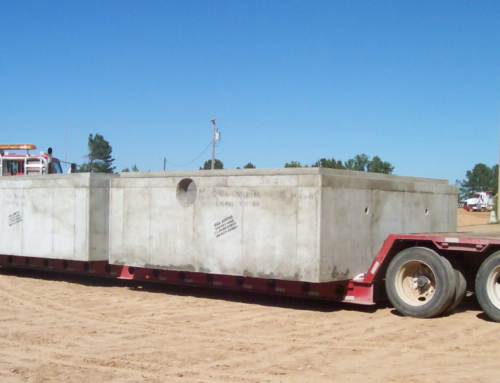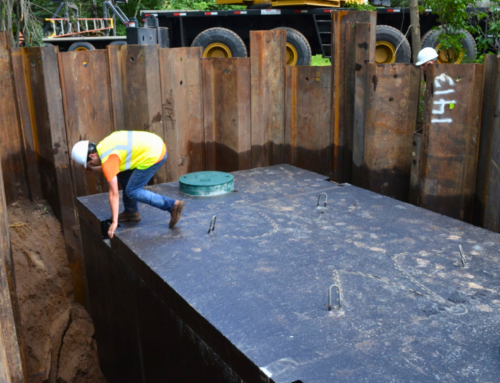Understanding the environmental impact of construction materials is crucial for sustainable development. Precast concrete, known for its durability and versatility, plays a significant role in reducing the environmental footprint of construction projects. Let’s delve into the lifecycle analysis of precast concrete structures, highlighting its sustainability from production to end-of-life recycling.
Production Phase
Raw Materials and Manufacturing
Precast concrete is made from natural materials, primarily cement, aggregates, and water. The manufacturing process involves mixing these materials, pouring the concrete into the mold, and curing them in a controlled environment.This method ensures high quality and consistency, which contributes to the long lifespan of precast concrete products.
Energy Efficiency
The production of precast concrete is energy-efficient compared to other building materials. The controlled environment of precast plants allows for optimized curing processes, reducing the energy required for production. Advancements in technology have led to the use of alternative and recycled materials in the mix, further decreasing the environmental impact.
Construction Phase
Reduced Waste
Precast concrete components are manufactured off-site and transported to the construction site, ready for installation. This approach minimizes on-site waste and reduces the need for formwork and scaffolding, leading to cleaner and more efficient construction sites.
Speed of Construction
The use of precast concrete significantly speeds up the construction process. Since the components are pre-made, they can be quickly assembled on-site, reducing labor costs and shortening project timelines. This efficiency translates into lower overall energy consumption and reduced emissions from construction activities.
Operational Phase
Durability
Precast concrete structures are known for their longevity and low maintenance requirements. Their resistance to weather, fire, and pests means that they require fewer repairs and replacements over time. This durability reduces the need for additional resources and energy throughout the structure’s life. On average, precast concrete structures will last 50-100 years based on their environmental conditions.
Energy Performance
Precast concrete has excellent thermal mass properties, which help regulate indoor temperatures. This characteristic reduces the reliance on heating and cooling systems, leading to lower energy consumption and greenhouse gas emissions during the operational phase of the building.
End-of-Life Phase
Recyclability
At the end of its lifecycle, precast concrete can be recycled and repurposed for new construction projects. The concrete can be crushed and used as aggregate in new concrete mixtures, while the steel reinforcement can be melted down and reused. This recycling process minimizes waste and conserves natural resources.
Environmental Impact
The ability to recycle precast concrete contributes significantly to reducing its overall environmental impact. By reusing materials, the demand for virgin raw materials decreases, leading to less environmental degradation and reduced carbon emissions associated with material extraction and processing.
Benefits & Quality
Precast concrete structures offer numerous environmental benefits throughout their lifecycle. From efficient production processes to reduced construction waste, low maintenance needs, and recyclability, precast concrete is a sustainable choice for modern construction projects. At Del Zotto Products, we are committed to providing high-quality precast concrete solutions that support sustainable development and contribute to a greener future.
For more information on our products and how they can benefit your project, contact Del Zotto Products of TX to talk with us for a free quote!






